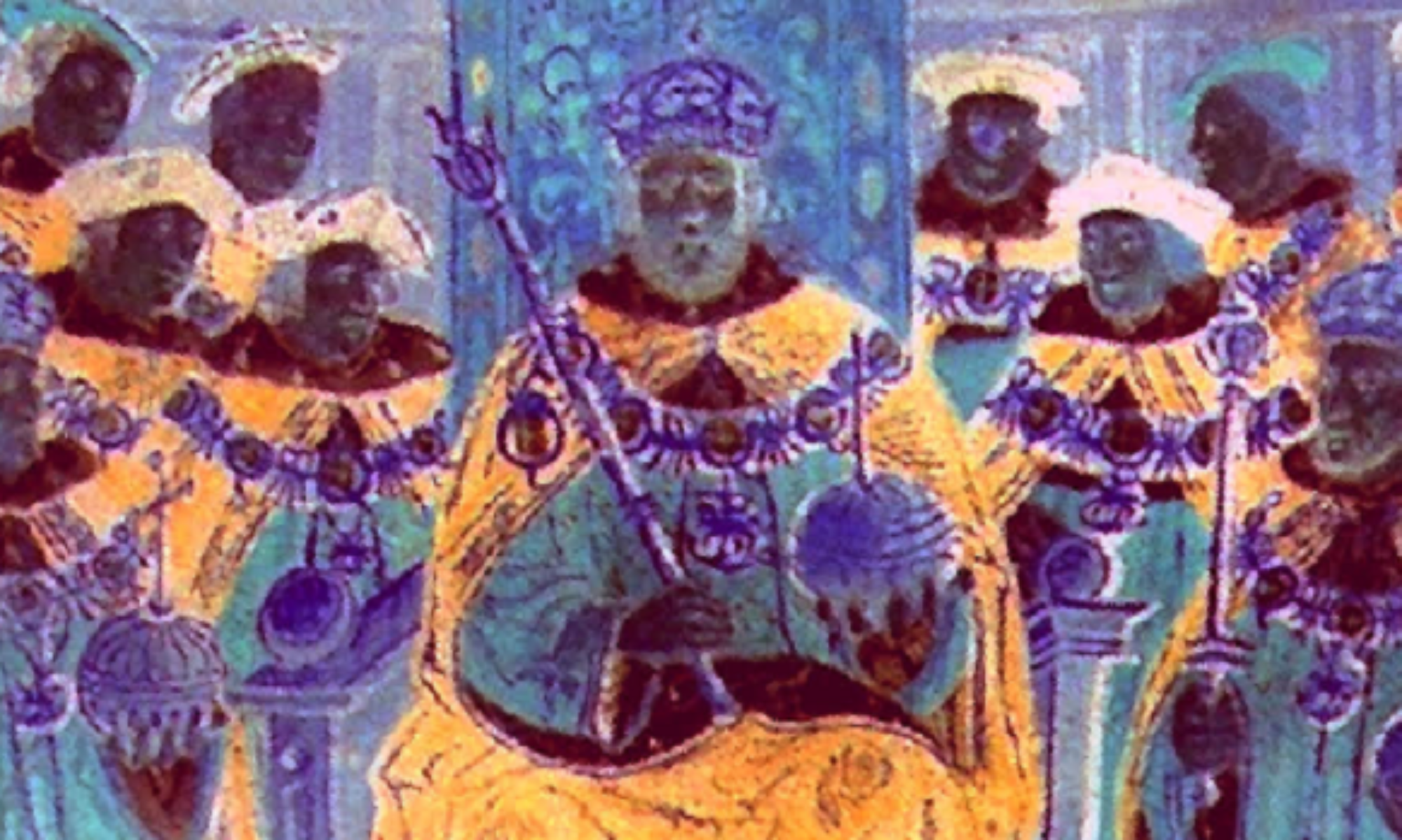King Felipe VI of Spain ascended the throne following the abdication of his father, King Juan Carlos I, in June 2014. The events surrounding his accession were notable for their constitutional, ceremonial, and symbolic significance, though Spain does not hold a traditional religious coronation like some other monarchies.
Accession and Abdication
- On 2 June 2014, King Juan Carlos I announced his intention to abdicate in favour of his son, Felipe.
- The abdication became official at midnight on 19 June 2014, after the necessary organic law was passed by the Spanish parliament.

- Coronation Ceremony Schedule (19 June 2014)
The events of the day were carefully choreographed and largely secular, reflecting Spain’s constitutional monarchy:
- 9:30 am: At the Zarzuela Palace, King Juan Carlos handed over the military sash to Prince Felipe, symbolizing the transfer of royal and military authority. This private act was a key moment in the transition.
- 10:00 am: The new King Felipe VI, accompanied by Queen Letizia and their daughters Princess Leonor and Princess Sofia, departed for the Spanish Parliament (Cortes Generales).
- 10:30 am: The royal family arrived at Parliament. King Felipe VI was sworn in and formally proclaimed king in a ceremony before lawmakers. He swore to uphold the Spanish Constitution and gave a speech emphasizing unity, service, and his commitment to the nation.
- 11:30 am: The new king and his family drove through the streets of Madrid, greeting the public, before arriving at the Royal Palace.
- Balcony Appearance: King Felipe VI, Queen Letizia, and their daughters appeared on the balcony of the Royal Palace to greet well-wishers. King Juan Carlos and Queen Sofía were also expected to make an appearance.
- 1:00 pm: A reception and lunch were held at the Royal Palace in honor of the new monarchs.
Ceremonial and Symbolic Elements
- The ceremony was intentionally low-key and modern, avoiding religious rites and the use of a crown or scepter, in line with Spain’s 1978 Constitution and recent tradition.
- The most symbolic act was the transfer of the red Captain General’s sash, representing the monarchy’s role as head of the armed forces.
- King Felipe VI’s speech highlighted his gratitude to his father and his vision for a unified, modern Spain.
Public and Historical Context
- The transition aimed to revitalize the monarchy amid economic hardship and public discontent, emphasizing transparency and renewal.
- The ceremony was attended by government officials, members of parliament, and the royal family, but not by foreign dignitaries, underscoring its national focus.
- The event was broadcast live and followed by public celebrations in Madrid.
In summary:
King Felipe VI’s accession was marked by a constitutional swearing-in ceremony, the symbolic transfer of the military sash, a parliamentary proclamation, and public celebrations, but not by a religious coronation or crowning. This modern approach reflected Spain’s contemporary monarchy and its role within a parliamentary democracy.
